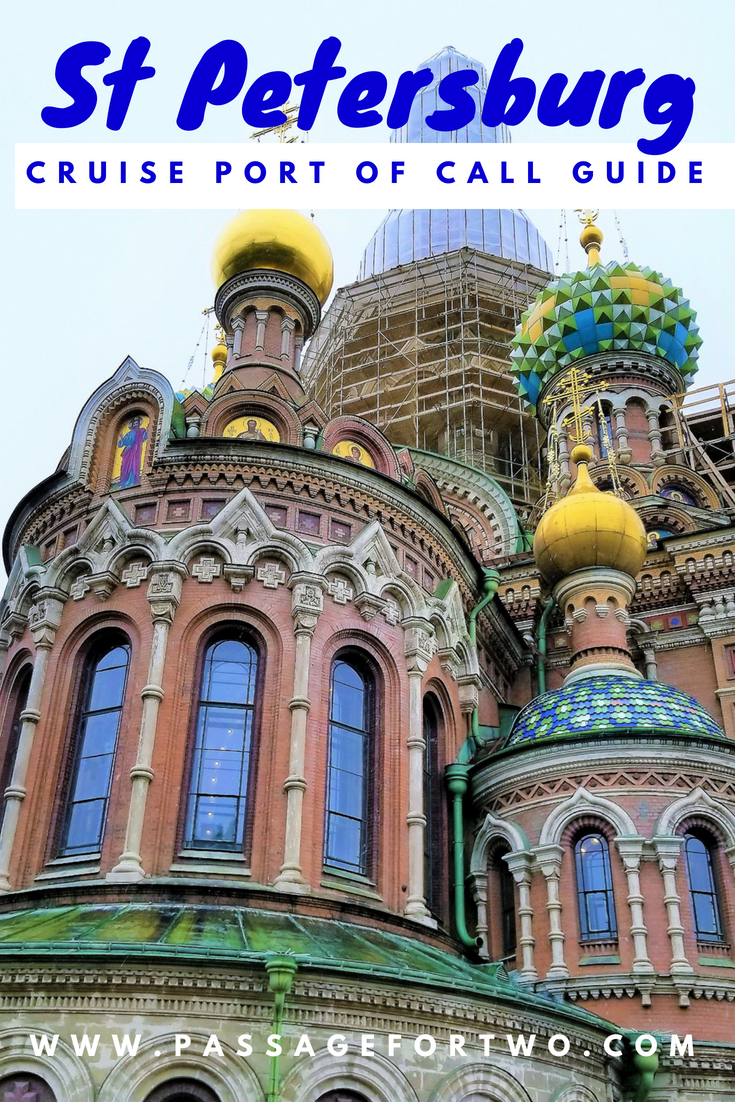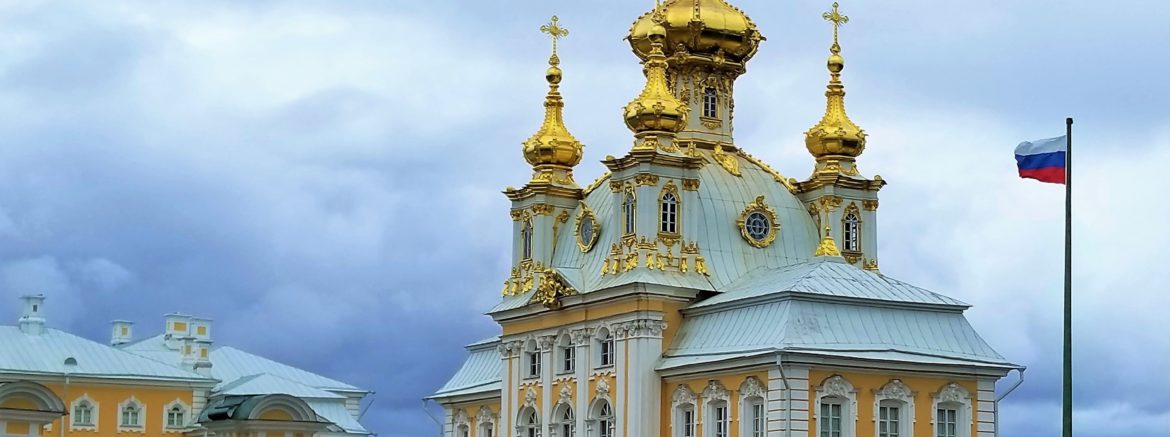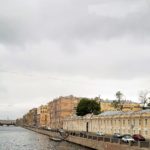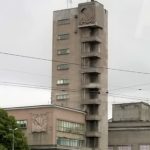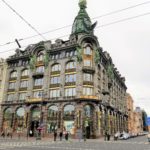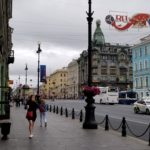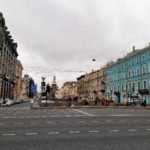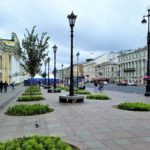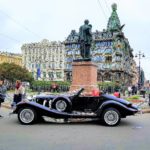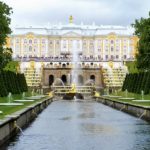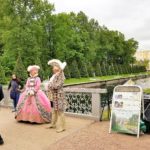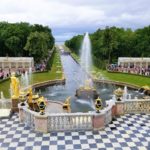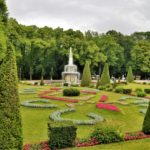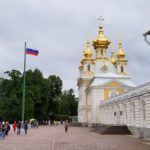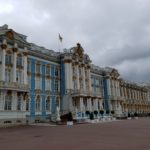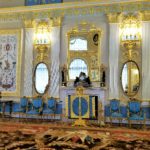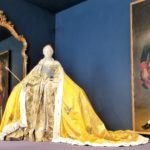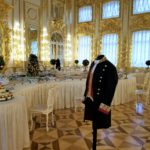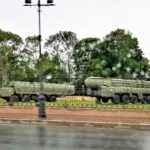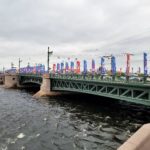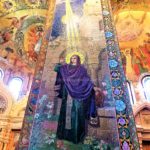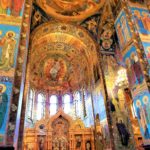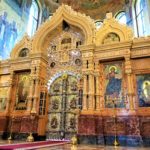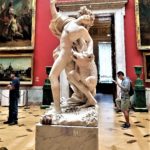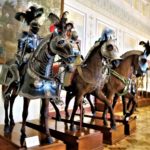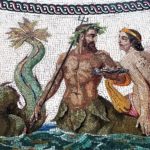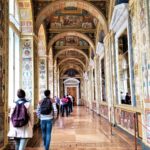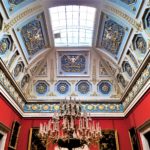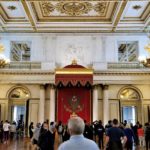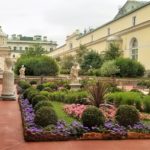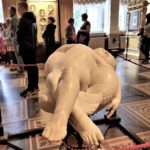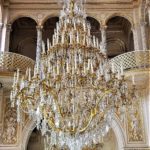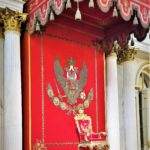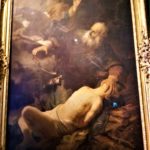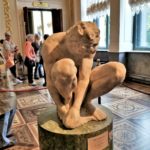St Petersburg Cruise – Scandinavian Port of Call
St Petersburg cruise is a crown jewel port of call of Scandinavian and Baltic cruises. Visiting the land of the Czars, Peter and Catherine the Great, Church of the Spilled Blood, Peter and Paul Fortress and Cathedral, City Highlights, and the Hermitage Museum.
Visa Requirement
A visa is required to enter Russia. We researched these requirements prior to our Scandinavian cruise. We discovered there are generally two options to satisfy these requirements. Explained below is what we did and why. CAUTION: Visa requires change all the time. It is important you check the current requirements specific to you country of origin and at the time you are travel as they may change.
Saint Petersburg was the only port on our Scandinavian cruise that required a visa. We found two options exist to meet this requirement. Apply for a visa directly from the Russian Embassy. This option has several hoops to jump through, requires time and has significant cost. It is possible to use a visa processing service which will save time, but this will increase the costs.
Alternatively, a visa is not required IF you join a cruise ship excursion or book a private tour through an approved Russian tour operator. This option will not let you leave the group or explore on your own, you must be accompanied by the tour operator/guide at all times.
Exploring On Your Own Vs. Organized Tour
In many ports of call we are very adventurous walking off the ship and trekking around towns and ports of call on our own. St. Petersburg was a very difficult city to understand and navigate. It seems it would be near impossible without the knowledge and experience of a local guide. St. Petersburg is not a place we think we would ever fell comfortable doing this.
Booking a private tour turned out to be a wonderful experience. The tour operator matched us with two other couples from our cruise ship. This saved us money allowing us to split the tour cost with the other couples. We enjoyed the comfort of a new Mercedes van. Andrew our driver and Natalia, our English-speaking guide made touring St. Petersburg easy.
Natalia insured we had a wonderful experience, and with only six of us, she was able to provide a highly personalized guided tour and answer all our questions. She is a University Professor of Russian Literature, but also has a strong knowledge of Russian history. All in all, we had an amazing, personalized experience in a small group of six people for much less than the cost of the ships excursion.
There are many private companies offering visa-free tours. We used and recommend Insider Tours.
From Russia With Love
Saint Petersburg proved to be a striking and interesting mix of new and old. A large city that is geographically spread out, we found much of the city to fit a stereotype of a no frills, grey soviet concrete block construction. There was very little in the way of bright colors in most areas of the city.
In contrast to the greyness, many of the palaces and sites we visited were brightly colored with heavy gold leaf. A term we frequently heard to describe this was how “luxurious” the palaces were. This contrasted the divide between the Czars and former rulers and the common people of Russia and Saint Petersburg.
We had two full days in port and arranged a two-day tour to take advantage of every minute.
Saint Petersburg – Day 1
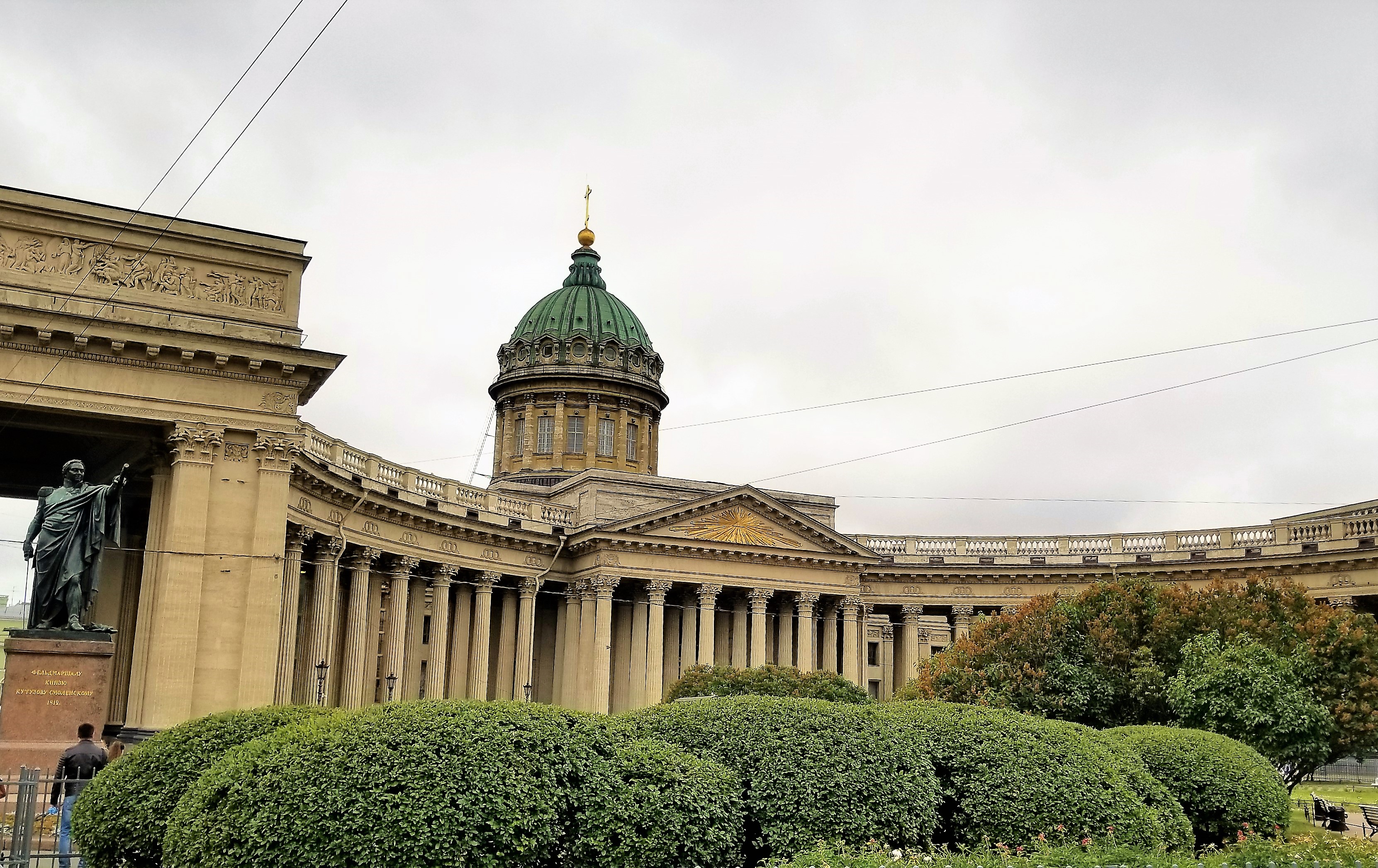
Our first day included a driving tour of parts of Saint Petersburg, a stroll along the Nevsky Prospekt main shopping street, a tour of the home of Peter the Great at Peterhof Palace and gardens, lunch in a traditional Russian restaurant and a walking tour of Catherine the Great’s Palace.
Nevsky Prospekt
Nevsky Prospekt is the main boulevard through St. Petersburg lined with shopping, dining and nightclubs. Many of the stores are very high end retail spaces with world-class brand names. However there was a definite smattering of tourist and souvenir shops.
Peterhof Place and Gardens
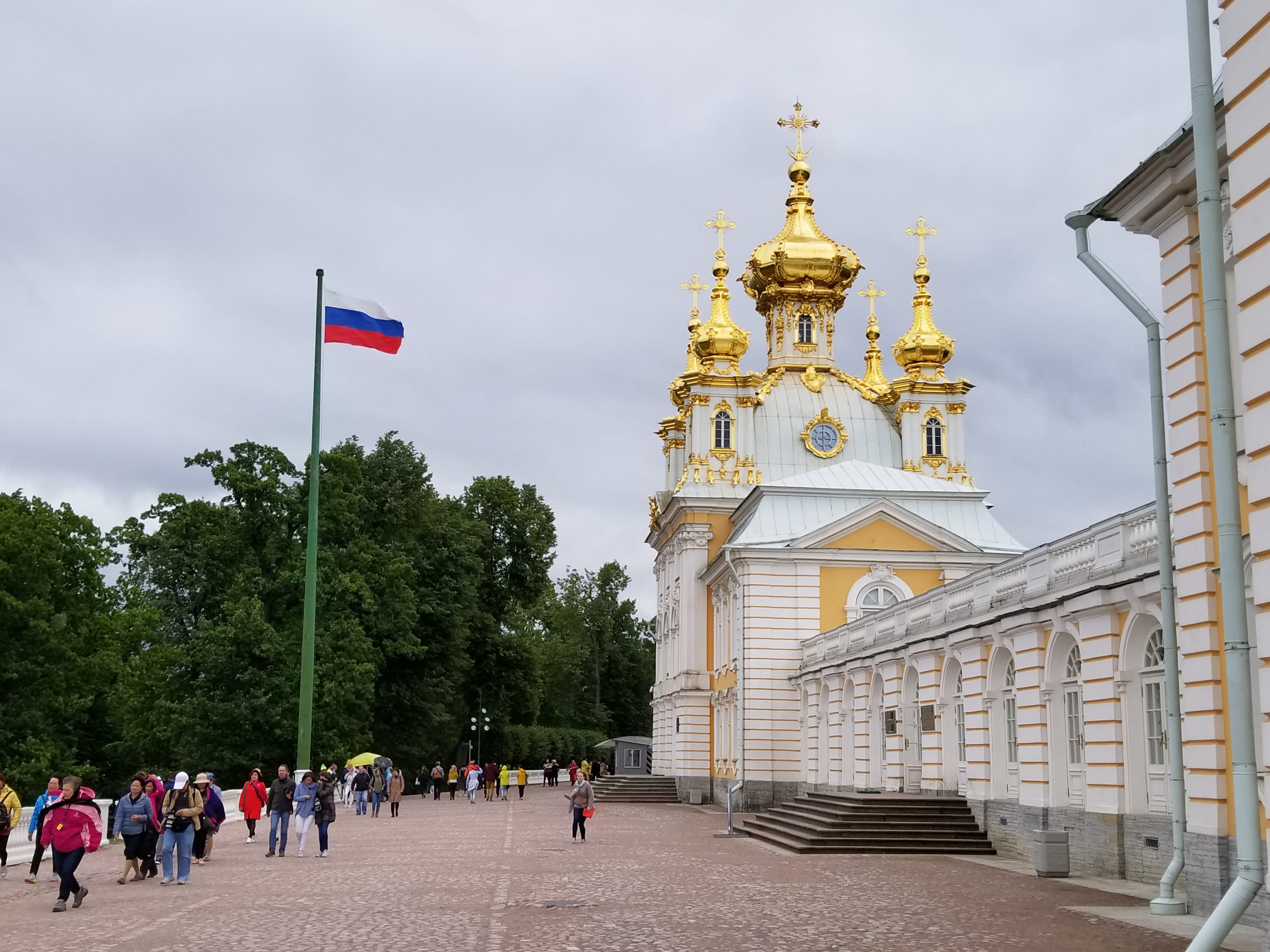
Peterhof Palace is a group of several palaces and gardens commissioned by Peter the Great.
These palaces and gardens are a UNESCO World Heritage Site and sometimes referred as the “Russian Versailles”.
Catherine the Great’s Palace
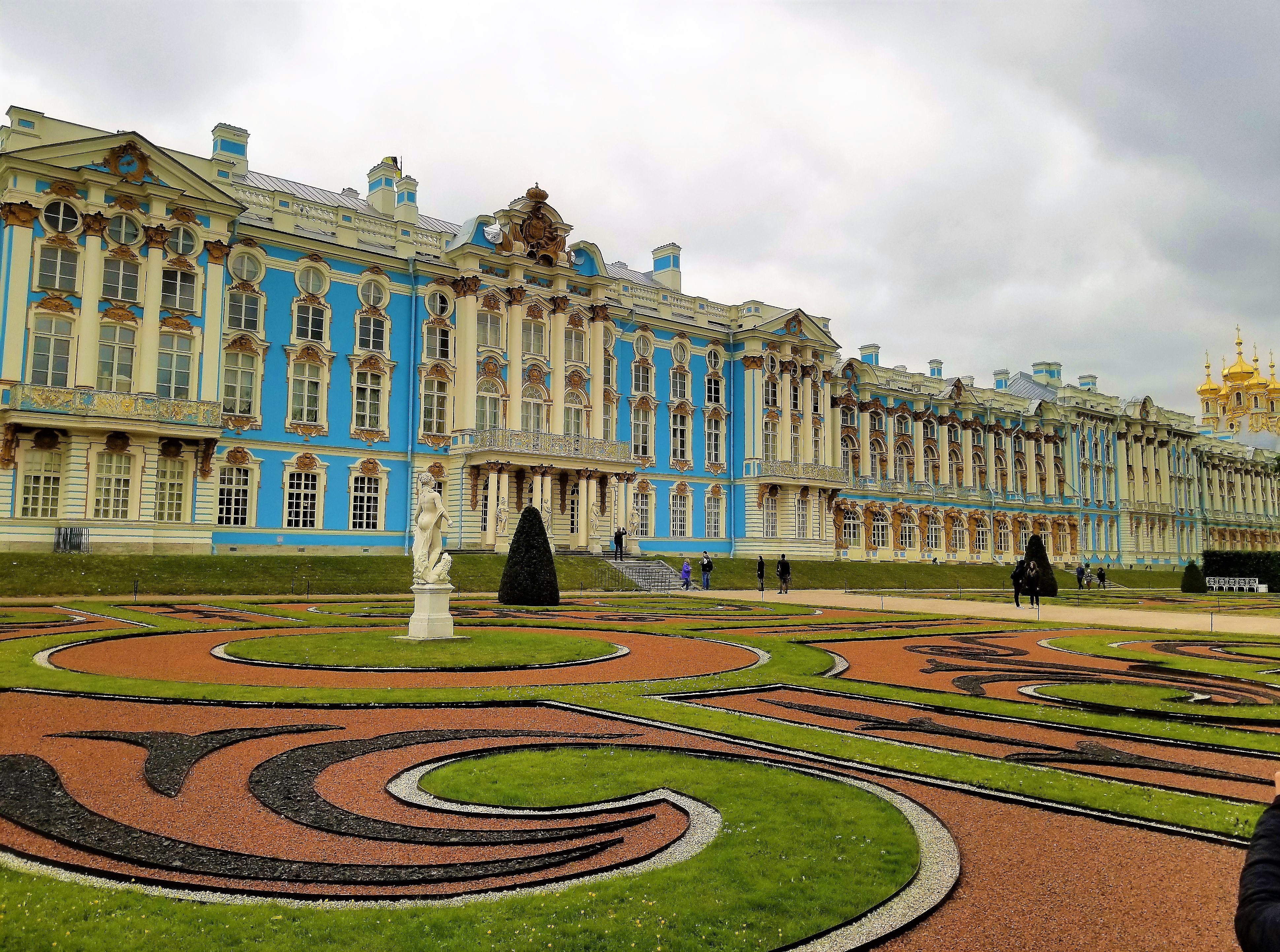
Catherine I of Russia built the Catherine Palace as a summer place in 1717.
The palace is designed in a Rococo style and more than 100 kilograms of gold were used to gild the stucco façade. It is a UNESCO World Heritage site.
Saint Petersburg – Day 2
Even though it was July, our second day began even greyer than the first. Heavy winds, grey clouds, and ultimately rain played against the greyness of the cities buildings and backdrop. We learned this greyness is very common much of the year. The pervasive greyness had an impact on our outlook and experience. This caused us to wonder what impact it would have on someone living here year-round. We were left with a sense that day-to-day life could prove to be a dreary existence here. A visit to the bright colors in the churches with their ‘luxurious’ finishes could prove to be a highlight of the week for locals.
On our second day we toured the Church of the Savior on Spilled Blood and the Hermitage Museum, Peter and Paul Fortress and Cathedral along with other sightseeing around Saint Petersburg.
Peter and Paul Fortress and Cathedral
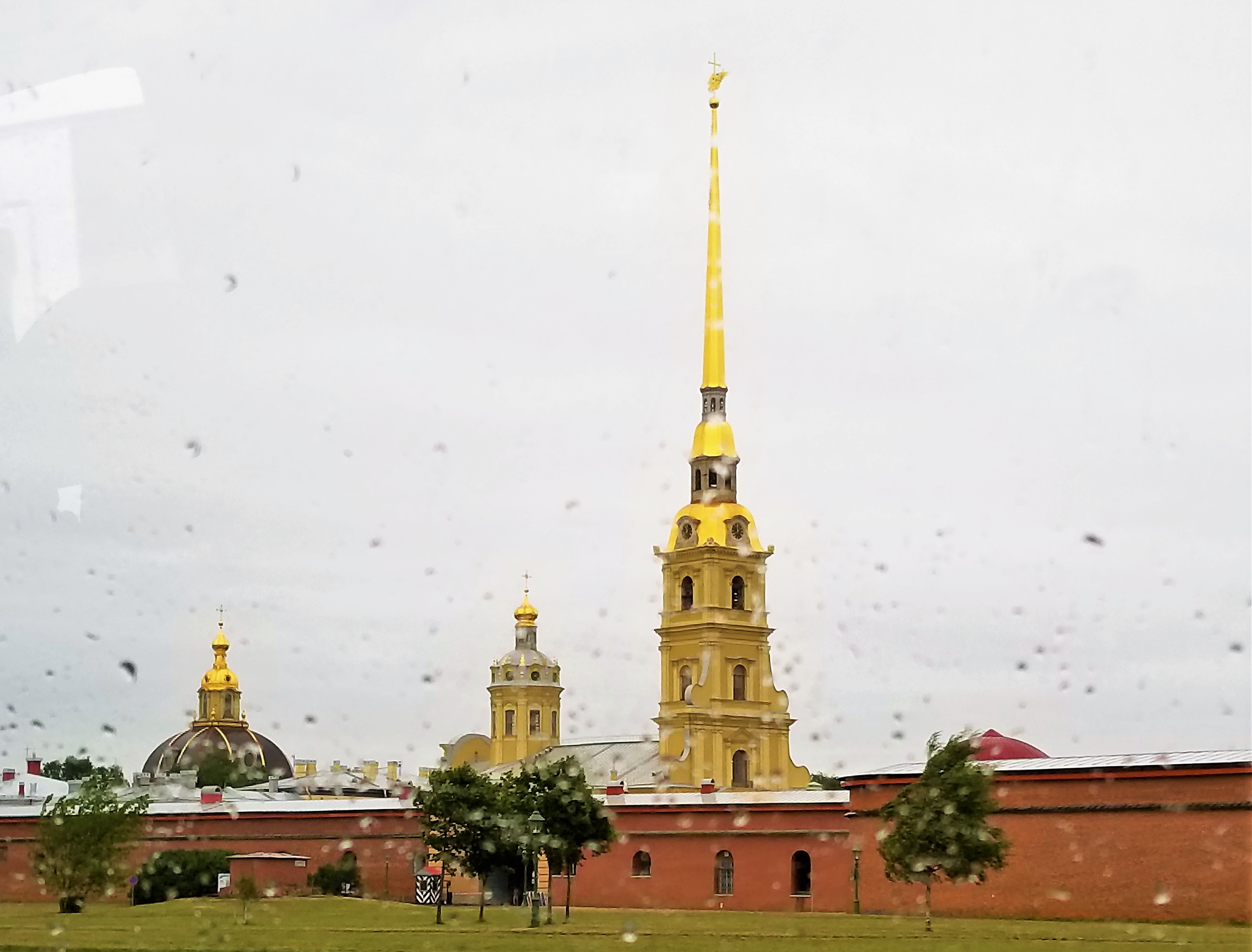
Peter and Paul Fortress built in May 1703 is considered the birthday of St Petersburg. The fortress protected the newly established Russian capital from imminent attacks by the Swedish Fleet. The fortress became a prison housing a number of political prisoners. Nowadays, the fortress serves as a museum of Russian history, as well as houses the Mint of St. Petersburg.
Church of the Savior on Spilled Blood
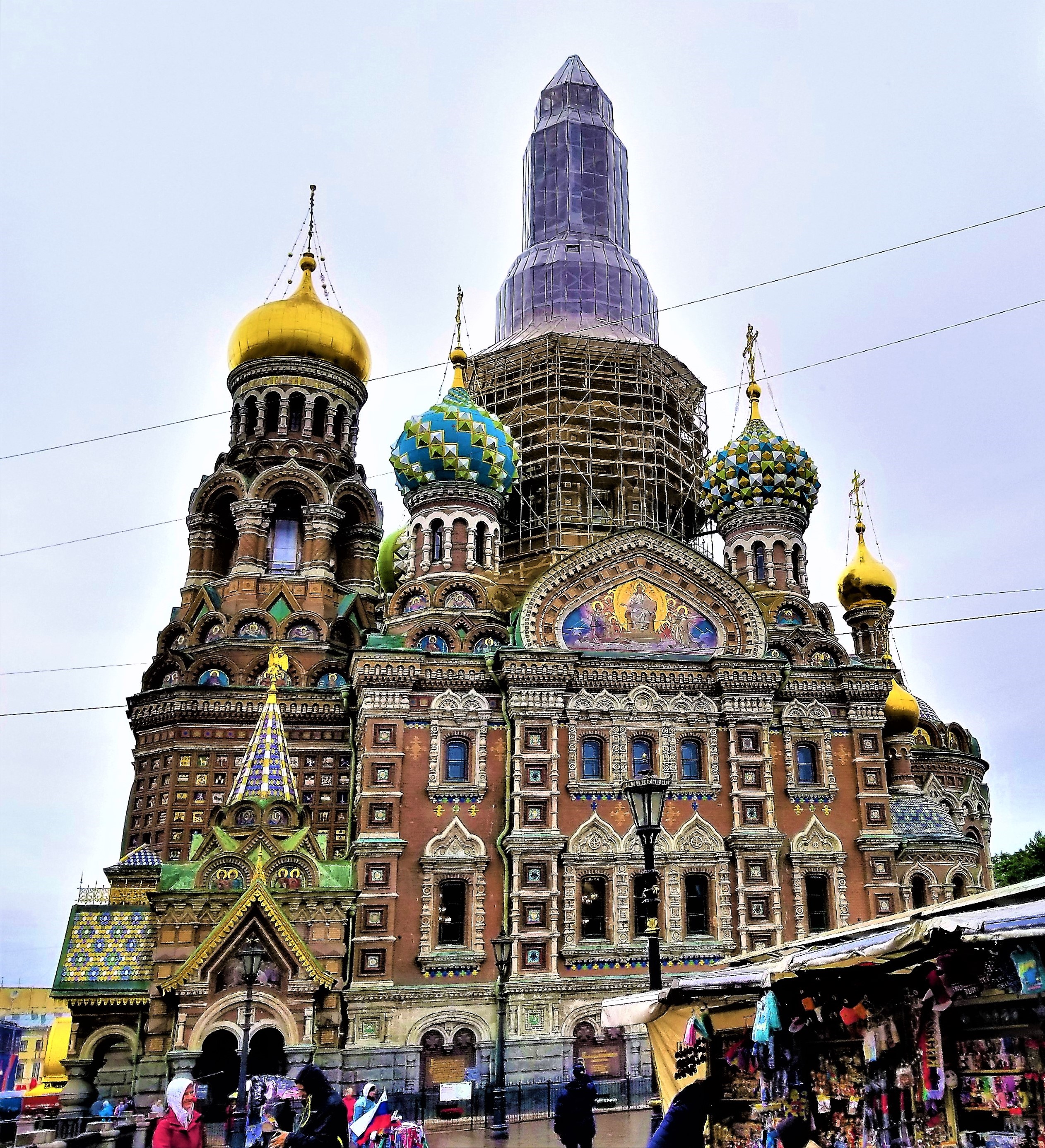
The Church of the Savior on Spilled Blood was built on the site where Emperor Alexander II was fatally wounded in March 1881.
The church was built between 1883 and 1907 and funded by the imperial family. Its architecture looks back to medieval Russian period in the spirit of romantic nationalism. It is different than the other architecture and buildings in Saint Petersburg.
The church has over 7500 square meters of mosaics thought to be more than any other church in the world.
Hermitage Museum
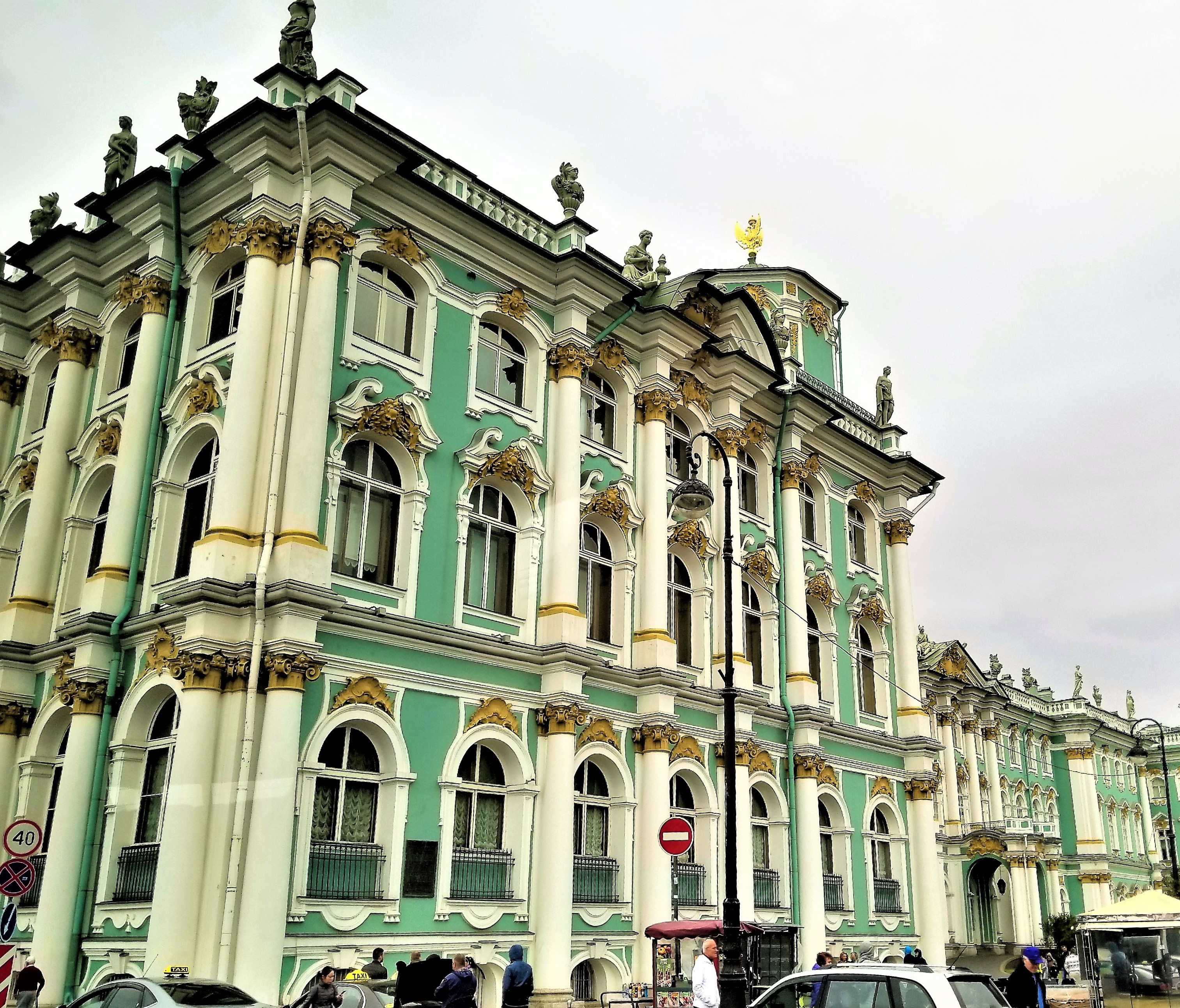
Empress Catherine the Great founded the Hermitage in 1764 when she acquired an impressive collection of paintings from a Berlin merchant. It has been open to the public since 1852.
The State Hermitage Museum houses art and culture and is the second-largest museum in the world.
The Hermitage Museum houses 3 million artworks…today we spent about 3 hours seeing some Italian Renaissance masters…Leonardo da Vinci, Michelangelo, and Raphael as well as ancient Greek and Egyptian artifacts. Natalya, our Russian guide said if you were to spend one minute viewing each item at the Hermitage it would take 16 years to see it all.
Besides the art, each room of the museum is richly decorated with ceiling frescos, sparkling crystal chandeliers, intricate inlaid wood floors and silk draperies. Truly a sumptuous experience!
Its collections, of which only a small part is on permanent display, comprise over three million items including the largest collection of paintings in the world. The collections occupy a large complex of six historic buildings along Palace Embankment, including the Winter Palace, a former residence of Russian emperors.
You Might Also Enjoy
Best Scandinavian Cruise – 10 -Day Baltic Cruise
Like this? Share it on Pinterest. . .
